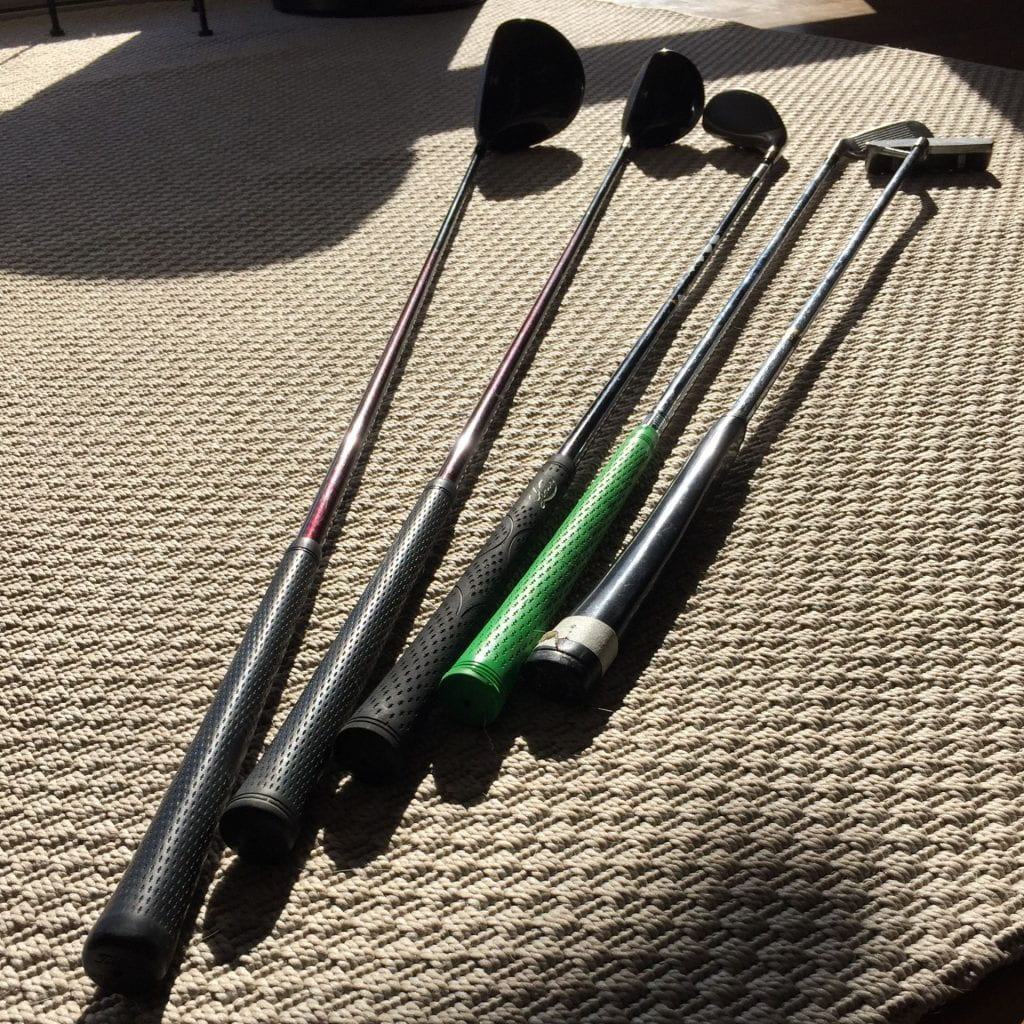I’ll complete the overviews of chapters from Robots and Communication later this month (or next), but for now I want to track a few other things, mostly for myself, but also for anyone else who’s interested.
2015 was a good but also a difficult year. My book was published, which was all that I had ever wanted to complete in life. I published an article in a scientific journal (from a humanities perspective), something that pleases me greatly. I edited and wrote a few more chapters and articles too. I also presented at a great conference, which provided the opportunity to meet and speak with a scholar whose work will likely influence what I write for the next few years. However, shortly after this my mum, who had been living with cancer for years (although for much of that time not knowing that it was just in the wings waiting to come back on stage) reached her terminal phase. I’m very glad that the flexibility of my work meant that I could be there for her, so that her final wish to stay at home could be realised, but it was difficult, and I am beset by sadness at some point each day. I struggled sometimes with our chats over the last few years, twice a week over Skype, but I miss the sounding board that she provided for my research ideas, however outlandish they might have been.
The three weeks of holiday I took over December was therefore much needed. I played games on the iPad, walked the dog, became much more serious about my running and didn’t touch work hardly at all. I recorded a few articles etc that I saw on Twitter for future reference, but nothing more than that. I needed a break, and this was the first time in years that I really allowed myself that. The return to work is proving… challenging, to say the least.
Don’t get me wrong. I have been working. Thinking, attending grant writing workshops and (thanks to running and meditation) maintaining a level of calm that I have never achieved before. Writing productivity, though, has been low in the last two weeks. Deadlines loom, and my writing mojo is just not there. In an effort to apply some of the hints and tips I give my students I have decided to try a number of well known ways to kick start writing (and hope to document the results here).
The first technique is to write anything at all. For example, a blog post. Job done. Has it helped? We shall see.

The second technique is to use pomodoros to get me started on more concentrated thinking and writing bursts. I have an app for that, which makes it easy to set up the intervals. Part of me would prefer one of those tomato timers (picture above), but it’s not really necessary! I also have two key tasks to focus on today. One is a book review. I have read the book and have some notes to work from (although not that detailed, I fear). The most important is an Expression of Interest for a grant application.
If I remember, I’ll add an edit later to record how today went.
EDIT: What happened?
Writing the blog post did help. I think.
Pomodoros worked in the morning, but not so well in the afternoon. When I took a look at the time first off, I was horrified to see that I used to do 25 mins work with 5 mins break for 4 repetitions and then 30 mins break repeated over the day. Since I couldn’t get my head around that I went for 18 mins work with 2 mins break for 4 repetitions and then 30 mins break. It did work ok, but as I got into it I think 18 mins was not long enough and 2 mins is nothing! I also remembered how difficult it was to control pomodoros when you are legitimately needing to email people and watch email for replies. It is so easy to lose your break time as you “just finish off that thing…”, and that put the whole thing off track.
In terms of progress, the EOI for the grant is done, from my perspective, but it turned out that I will have to submit late because I can’t get authorisation in time for the deadline (and apparently it is ok to be late, which irritates me because I find deadlines stressful and feel that I must adhere to them, particularly when it is an administrative deadline). The book review is now in progress. I transcribed my recorded notes, but that only gets me about half way through the book and already in too many words. I need to tighten up the review across all the essays.

 Don’t think about what you’re trying to do. Just think, “I’ve got this”. Take some time getting your stance right, whatever club you’re using, and swing.
Don’t think about what you’re trying to do. Just think, “I’ve got this”. Take some time getting your stance right, whatever club you’re using, and swing.

